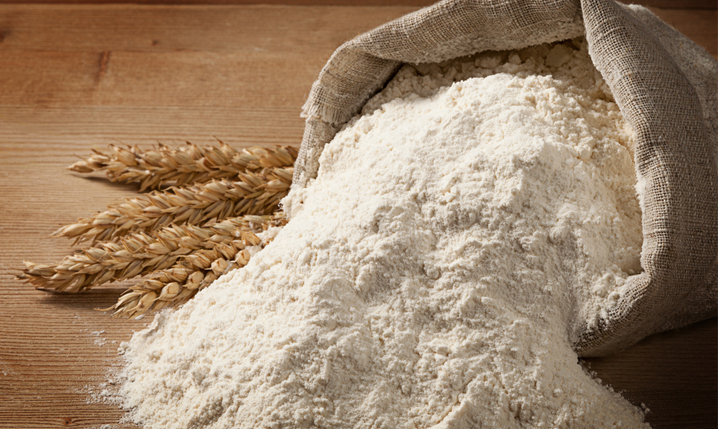Rye flour is a popular dark grain flour made from the rye grain. If you’ve ever had pumpernickel bread, you’ve eaten a rye flour product.
Rye flour has a more robust, nutty flavor than wheat flour, so don’t expect bland white bread when you’re using it! It also has a much denser texture that can stand up to the most towering of sandwiches. There are different varieties of rye to choose from, ranging from mild, light rye flour to dense pumpernickel flour.
However, some people don’t like the bitter taste of rye or cannot tolerate gluten. If you need to replace rye flour for whatever reason, here are a few ideas for substitutes.
1. Spelt Flour
Spelt flour is a whole wheat flour made from spelt, an ancient grain. It is related to rye, which is why they share many similarities. Spelt flour was historically popular in southern Europe but declined after the widespread adaptation of bleached wheat flour. Since then, health advocates have revived it as a superfood thanks to its high fiber, protein, and antioxidant content.
Spelt flour functions well as a rye replacement because they have similar earthy, bitter flavors. However, spelt flour is denser so you should reduce the quantities by half. Spelt contains gluten so if you’re looking to replace rye to accommodate a gluten intolerance, it isn’t the best option.
2. Wheat Flour

There is a reason why wheat flour is ubiquitous in baking. It rises well, works in many recipes, and has a neutral flavor that does not overpower other ingredients. You can use wheat flour in place of rye in bread, pastries, and desserts.
While wheat flour is easier to source than rye flour (and better for picky eaters), you lose many of the health benefits and the distinctive taste when you make the switch. Using whole wheat flour instead of bleached white flour retains some of the nutrients and robust flavor, but it isn’t the same.
3. Rice Flour

Rice flour is a popular gluten-free flour. First produced in East Asia, where it is a staple food, rice flour can be used as a thickener, in batters, and in baked goods. There are a few different types of rice flour, but brown rice flour is the closest to rye flour thanks to its earthier flavors.
When replacing rye flour with rice flour in baking, blend it with other gluten-free flours or ground nuts to help absorb the liquid. Otherwise, your recipe will be crumbly and gummy because rice flour’s texture is not as robust. It is also blander than rye flour, so you will be missing that distinctly fermented taste.
4. Barley Flour
Barley flour is another whole grain flour popular in European baking. Barley is related to rye, and both have a potent, earthy taste and dense texture. Barley flour works best as a replacement in baking recipes. It has rye’s distinctive dark color and slightly bitter taste.
However, barley flour is harder to source than rye flour. It also has a bitter taste, so picky eaters may turn away from it for the same reasons they turn away from rye. Barley flour contains less gluten than rye flour, which makes it better for people with gluten sensitivities, but also means that it will not rise in bread recipes unless you add another flour.
5. Buckwheat Flour
Despite its name, buckwheat comes from a seed, not wheat. This gluten-free flour is popular all over the world, from Japan, where it is used to make soba noodles, to France, where it is used for savory crepe batter.
Its slightly bitter, nutty taste, and nutritional profile is similar to rye. However, buckwheat flour does not work in bread recipes because it cannot rise. You will need to mix it with another flour to get the best results.
